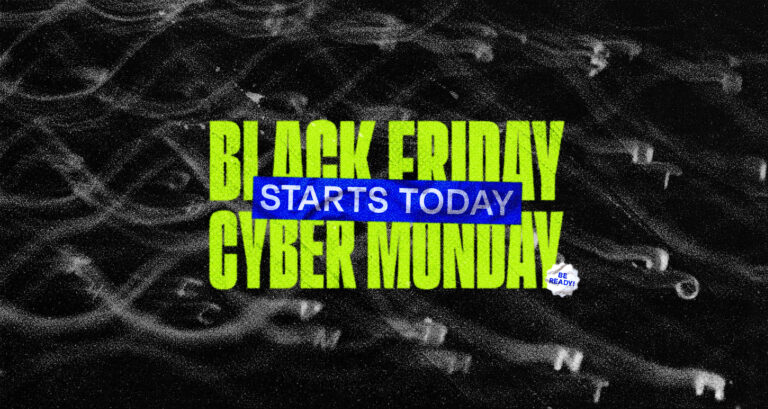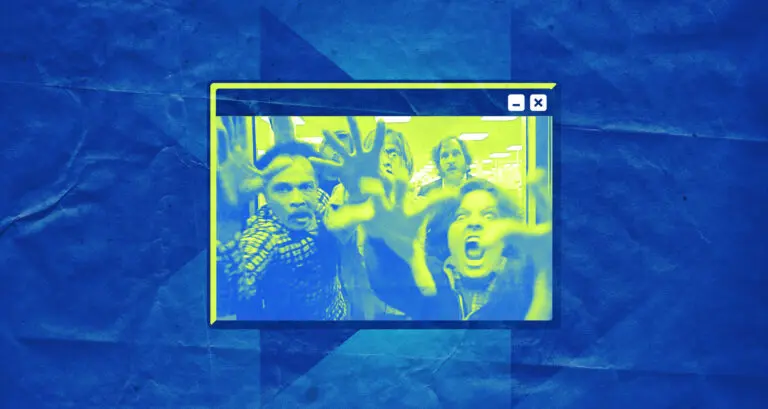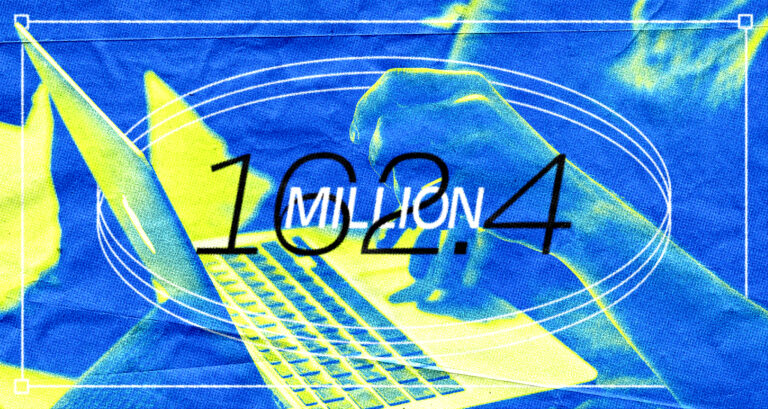Alt text, short for “alternative text”, is a phrase or descriptor that is added to an image’s HTML tag on a web page. This vital text appears in place of an image if the image fails to load on a user’s screen. This means that even when the image is not available, users can understand the intended message that the image meant to communicate.
For instance, consider an image of a solar panel on a renewable energy company’s webpage. If the image doesn’t load, instead of a blank space, you might see an text like, “solar panel installation in progress”. This description helps in maintaining the flow and coherence of the web content even when the visual elements falter.
But the utility of alt text goes beyond acting as a placeholder for missing images. It plays a pivotal role in making web content accessible to everyone, including people with visual impairments. Screen readers, used by many visually impaired individuals, read out the text, thereby conveying the content of the image. In this way, it ensures that visually impaired users enjoy a similar web experience as sighted users.
Moreover, alt text boosts your website’s Search Engine Optimization (SEO). Search engines like Google can’t ‘see’ images, but they can ‘read’ the text. By using relevant keywords in your alt text, you increase the likelihood that your site will rank higher in search results related to those keywords. However, it’s crucial to create descriptive, context-specific text rather than keyword-stuffed descriptions.
For a deeper, more technical understanding, read what Moz has to say.


